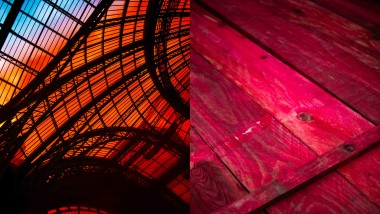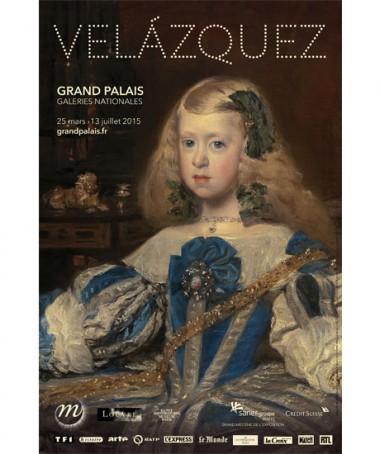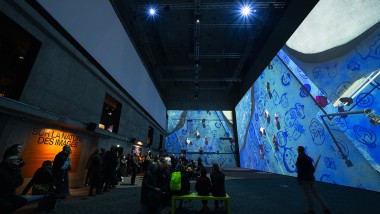
Velázquez : conquering Madrid
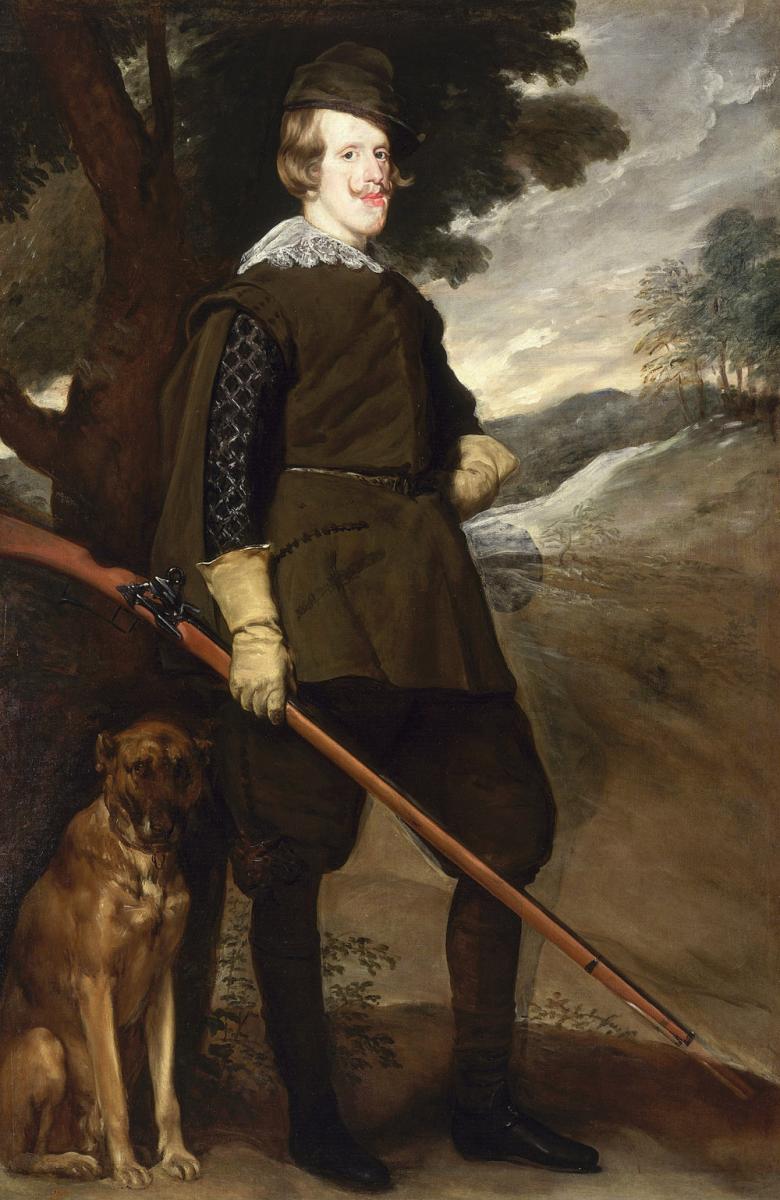
In 1622, he tried for the first time to gain access to the monarch in Madrid. Although unsuccessful, on this first trip he discovered a new painting trend that came from Italy which was considered “modern”, i.e. Caravaggism. These few months in Castile also gave him the opportunity to make himself known and demonstrate his talents by producing some portraits. One of them attracted the attention of a powerful Minister of Philip IV, the Count of Olivares, who called him back from Seville a few months later.
The young Seville artist finally met the King in August 1623 and painted his portrait. His work was appreciated. In October of the same year, he was appointed the King’s painter. During Velázquez’ first years at the Court, he became familiar with the prevailing tastes and traditions. He also became acquainted with illustrious figures who came to visit the King and in 1628, he met the most famous painter of that period: Pierre Paul Rubens. Apparently, it was he that convinced the King to send his protégé to Italy to pursue his training. As soon as he obtained permission, Velázquez set off for Barcelona and soon arrived in Genoa, in the neighbouring peninsula.

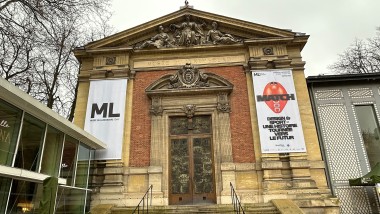
Design goes the extra mile for sport! The trailer for the next exhibition at the Musée du Luxembourg
Article - 11 March 2024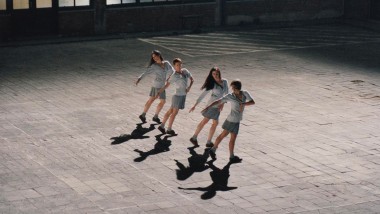
‘Rosas Danst Rosas', A contemporary dance by Anne Teresa De Keersmaeker in response to Stein
Article - 24 January 2024